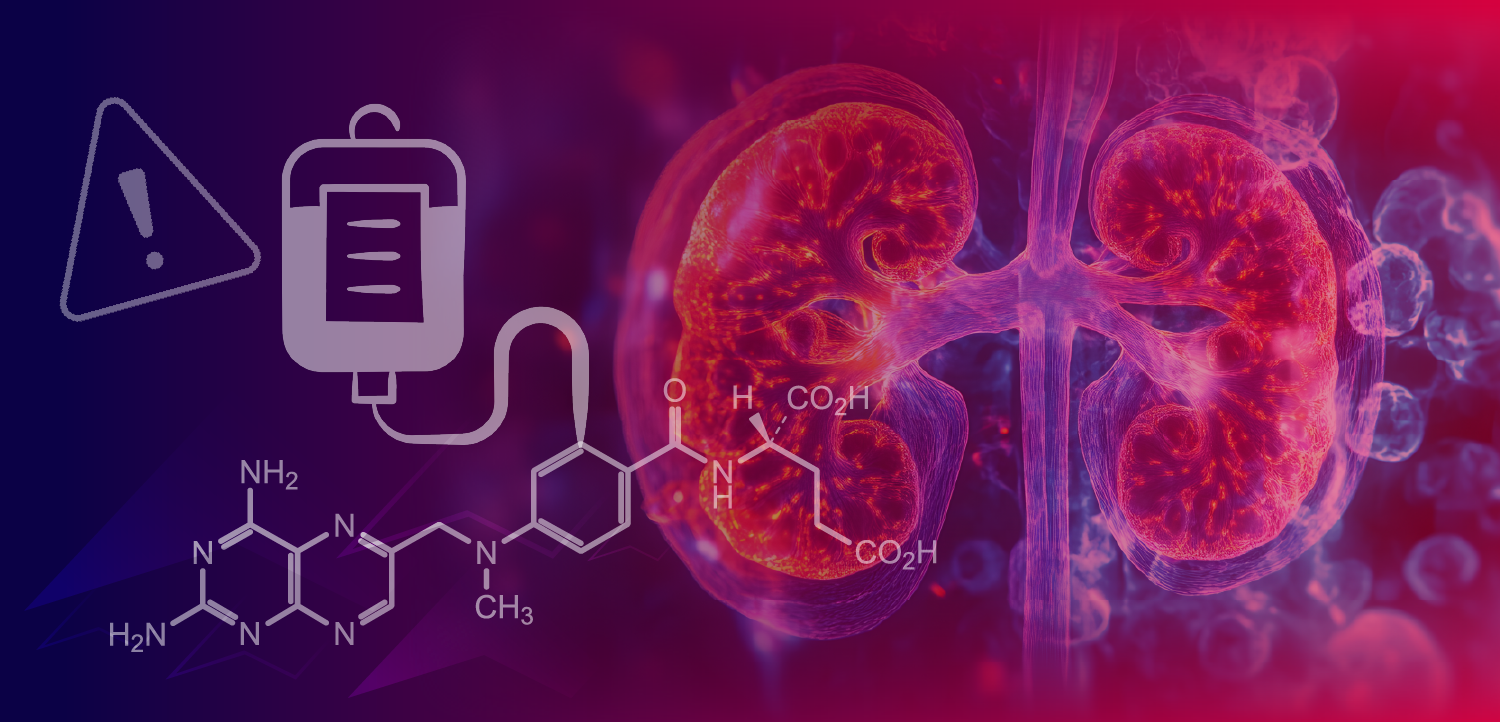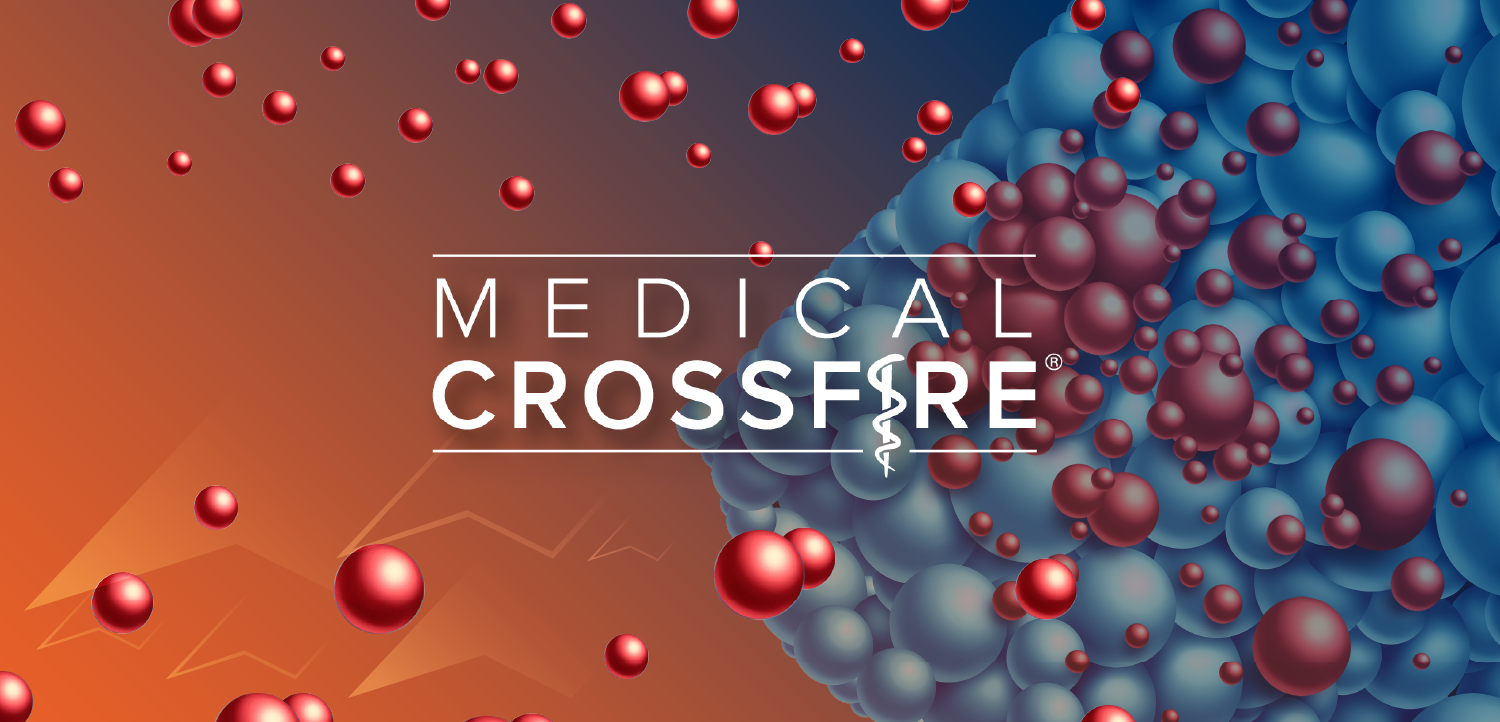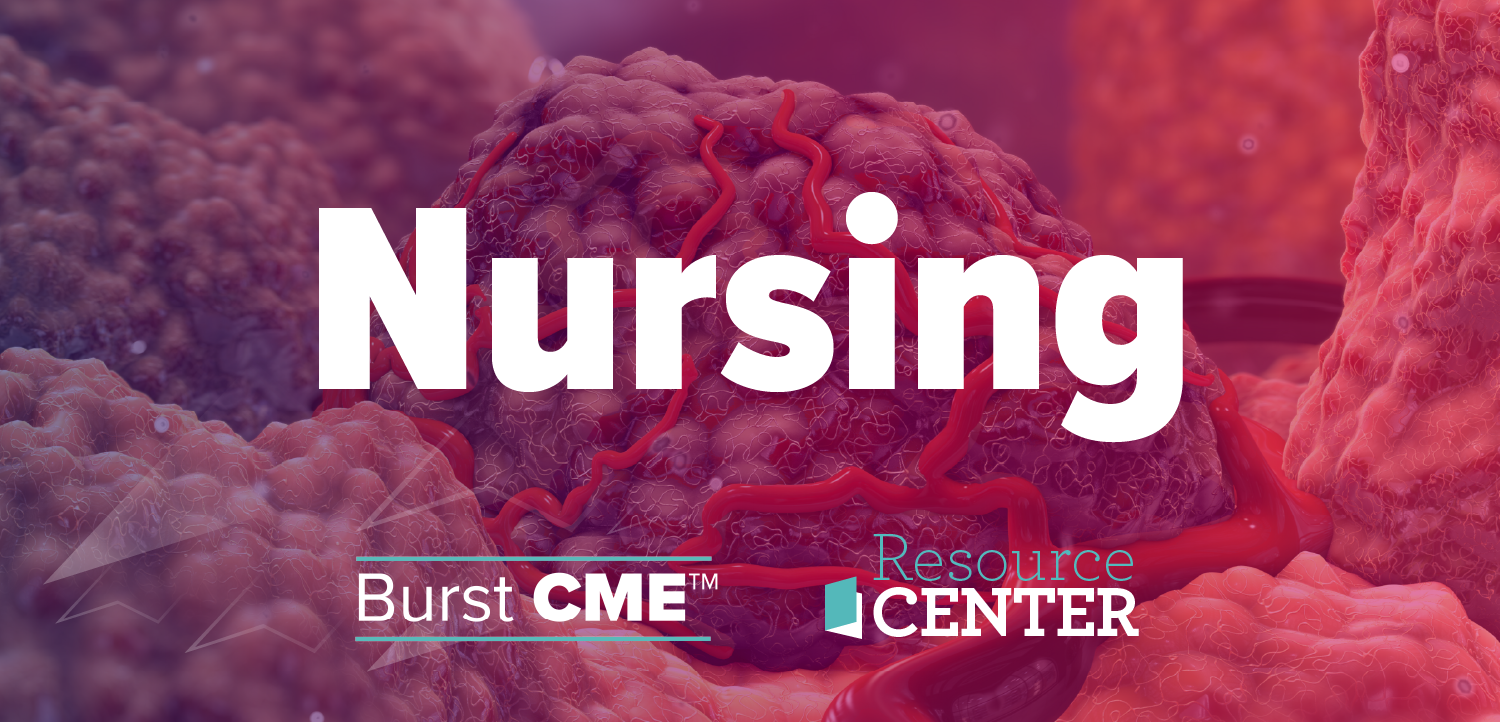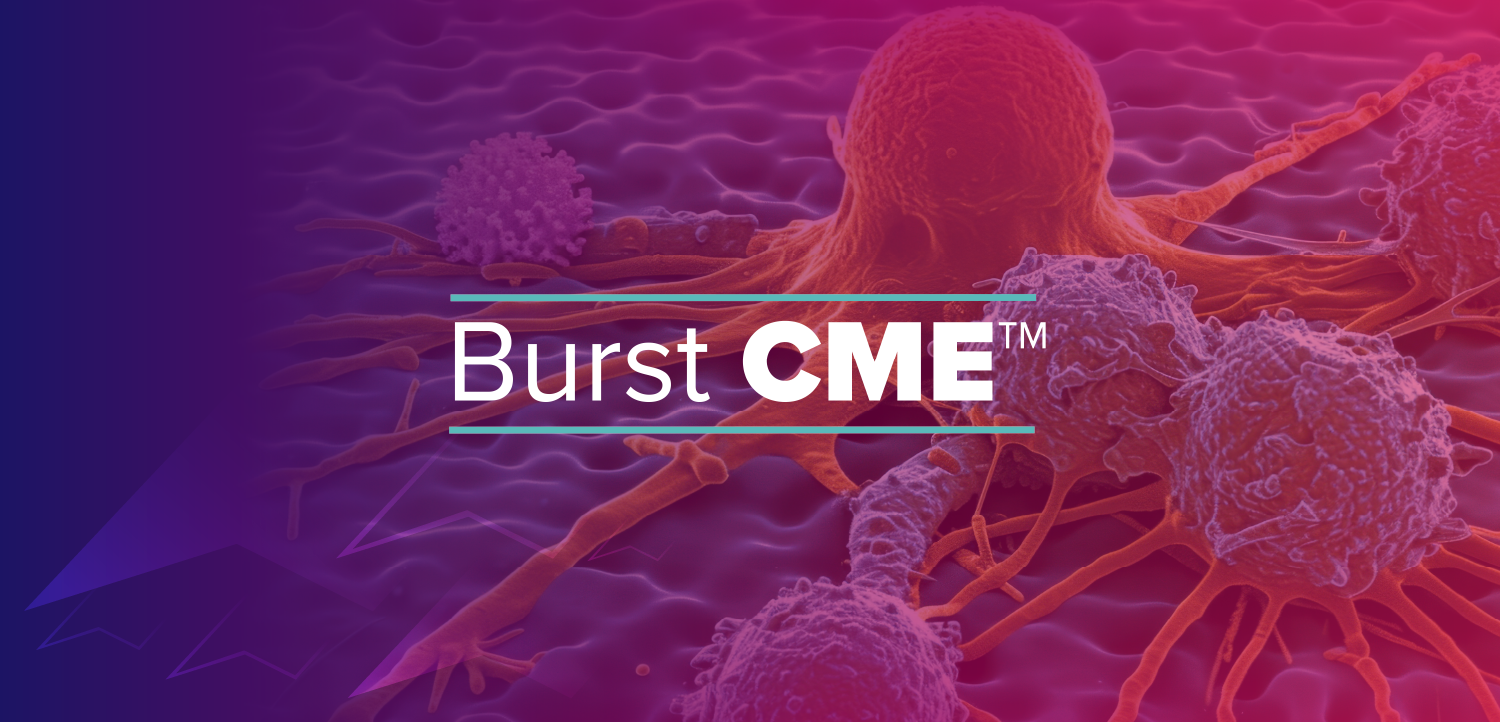Prostate Cancer in 2022: Janssen’s Science-Driven, Patient-Centered Approach to Drug Development
Prostate cancer is the second most commonly diagnosed cancer among men worldwide. In 2022, Janssen will surpass 13 years of first in-class innovation in prostate cancer treatment development driven by a patient-centric approach spanning the entire disease continuum; from early, localized disease to late-stage, metastatic prostate cancer.
Since the 2011 approval of the first specific CYP17 inhibitor for metastatic castration-resistant prostate cancer (mCRPC), Janssen received the first approvals of an androgen receptor inhibitor for the treatment of both non-metastatic CRPC (nmCRPC) and metastatic castration-sensitive prostate cancer (mSCPC). In addition, Janssen is currently investigating a robust pipeline of innovative therapies, such as biologics, CAR-T cell therapy, radiopharmaceutical therapy, and a poly-ADP ribose polymerase (PARP) inhibitor. The evolution of these therapies highlights the impact precision medicine and targeted therapy now play in providing new treatment options for patients, including those who have not been helped by prior therapies or whose tumors are characterized by specific biomarkers.
Patient-centered intervention at early and late stages of disease
Key to improving prostate cancer treatment outcomes is determining the appropriate timing and improved response of therapeutic interventions based on, among other factors, parameters that vary from patient-to-patient based on disease stage and tumor genotype. To support an increasingly complex decision-making process, Janssen is dedicated to understanding the earliest stages of prostate cancer, including biological processes that precede diagnosis.1, 2
Early, reliable indicators of therapeutic response and disease progression are crucial to improving prostate cancer treatment outcomes. For this reason, Janssen is investing in research that demonstrates how prostate-specific antigen (PSA) levels may correlate with overall survival (OS) and quality of life, which may serve as prognostic indicators for survival. This is important considering how rapid and deep PSA decline is proven to be associated no negative impact in patient-reported outcomes (PROs) related to physical wellbeing, pain, and fatigue intensity.3, 4, 5
In the advanced disease setting, sequencing and/or combining treatments may add to the growing number of treatment options to delay disease progression. Per the NCCN Clinical Practice Guidelines in Oncology (NCCN Guidelines®) for Prostate Cancer and American Urological Association Castration-Resistant Prostate Cancer Guidelines, there is evidence that androgen-deprivation therapy (ADT) alone is not enough treatment for patients with advanced prostate cancer.6, 7 Janssen is advancing data science and real-world studies to understand the implications they may have for patients, building on the results of clinical trials, and equipping physicians with the additional data needed to make optimal treatment recommendations.
Patient-centered clinical trial design
Janssen strives to design innovative clinical trials that are based on a deep mechanistic understanding of prostate cancer. Progress toward this goal involves enrolling patient populations that more closely reflect those seen in clinical practice. This can be achieved by including patients who have already received existing treatment regimens (or standard of care) as well as by prospectively identifying patient subgroups, such as those with specific tumor mutations, when developing study protocols or statistical analysis plans. These approaches to clinical trial design can help identify which patients are most likely to derive benefits from the investigational treatment being tested, while also potentially limiting toxicity exposure for patients more likely to benefit from alternate therapy.
Patient-centered outcomes
Early therapeutic development for prostate cancer prioritized slowing tumor growth and metastasis to improve OS. In recent years, innovation in treatments have shifted the focus to patient-centered outcomes, such as metastasis-free survival (MFS), which recognize the clinical relevance of a prolonged delay in the progression of prostate cancer. Janssen is committed to not only improving upon traditional metrics for assessing OS for treatment efficacy, but also to considering new clinical endpoints that maintain patients’ well-being.
“As people live longer with prostate cancer, we’re embracing endpoints that are meaningful to patients in their daily lives,” says Kiran Patel, M.D., Vice President, Clinical Development, Solid Tumors, Janssen Research & Development, LLC. “In addition to pursuing newer endpoints such as metastasis-free survival, we are capturing patient-centered data that allow us to define novel endpoints focused on maintaining patients’ quality of life.”
“Our goal is to make prostate cancer a manageable condition and ultimately to eliminate the disease,” says Margaret Yu, M.D., Vice President, Prostate Cancer Disease Area Leader, Janssen Research & Development, LLC. “And we aim to get there through this innovative, patient-centered approach — listening to and collaborating with patients, researchers and clinicians, prospectively designing studies to address their needs and continually advancing novel treatments to improve patients’ lives.”
References
- Clinicaltrials.gov. An Efficacy and Safety Study of JNJ-56021927 (Apalutamide) in High-risk Prostate Cancer Subjects Receiving Primary Radiation Therapy: ATLAS https://clinicaltrials.gov/ct2/show/NCT02531516
- Clinicaltrials.gov. A Study of Apalutamide in Participants with High-Risk, Localized or Locally Advanced Prostate Cancer Who Are Candidates for Radical Prostatectomy (PROTEUS). https://clinicaltrials.gov/ct2/show/NCT03767244
- Small et al. Association Between Patient-Reported Outcomes (PROs) and Changes in Prostate-Specific Antigen (PSA) in Patients (pts) with Advanced Prostate Cancer Treated with Apalutamide (APA) in the SPARTAN and TITAN Studies. ASCO GU 2022.
- Dess RT, Suresh K, Zelefsky MJ, et al. Development and Validation of a Clinical Prognostic Stage Group System for Nonmetastatic Prostate Cancer Using Disease-Specific Mortality Results From the International Staging Collaboration for Cancer of the Prostate. JAMA Oncol. 2020;6(12):1912-1920. doi:10.1001/jamaoncol.2020.4922
- Wu Z, Aslan M, Lin H, et al. Trajectories of prostate-specific antigen after treatment for prostate cancer. Journal of Investigative Medicine. 2018;66(4):768-772. doi:10.1136/jim-2017-000627
- Referenced with permission from the NCCN Clinical Practice Guidelines in Oncology (NCCN Guidelines®) for Prostate Cancer V.3.2022. © National Comprehensive Cancer Network, Inc. 2022. All rights reserved. Accessed May 2022. To view the most recent and complete version of the guideline, go online to NCCN.org. NCCN makes no warranties of any kind whatsoever regarding their content, use or application and disclaims any responsibility for their application or use in any way.
- American Urological Association. Castration-Resistant Prostate Cancer Guidelines. http://www.auanet.org/guidelines/castration-resistant-prostate-cancer-(2013-amended-2018). Accessed March 2022.
Newsletter
Stay up to date on recent advances in the multidisciplinary approach to cancer.




























































































